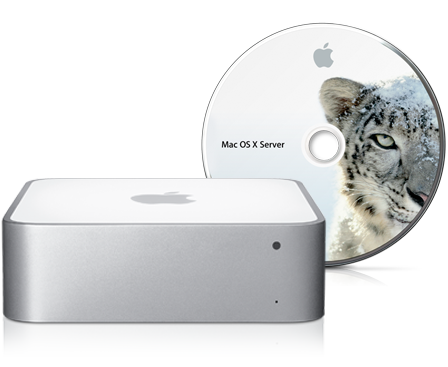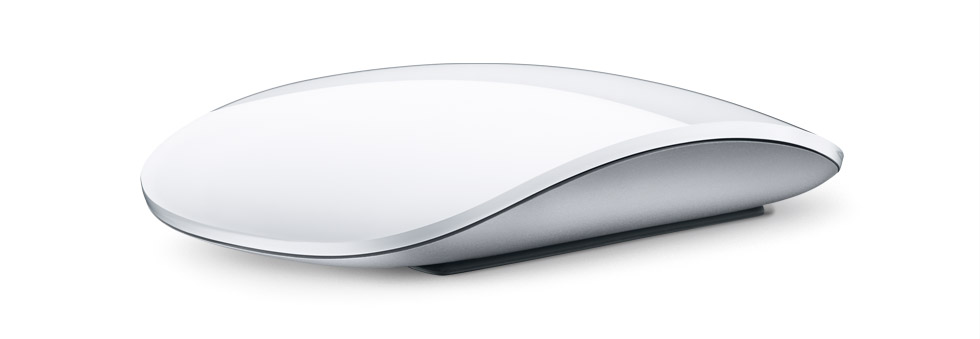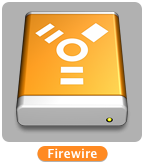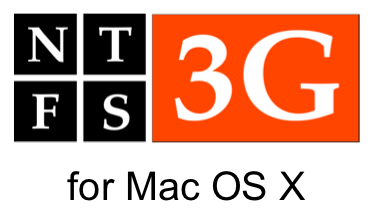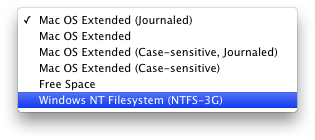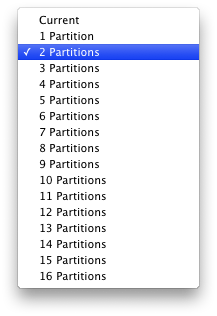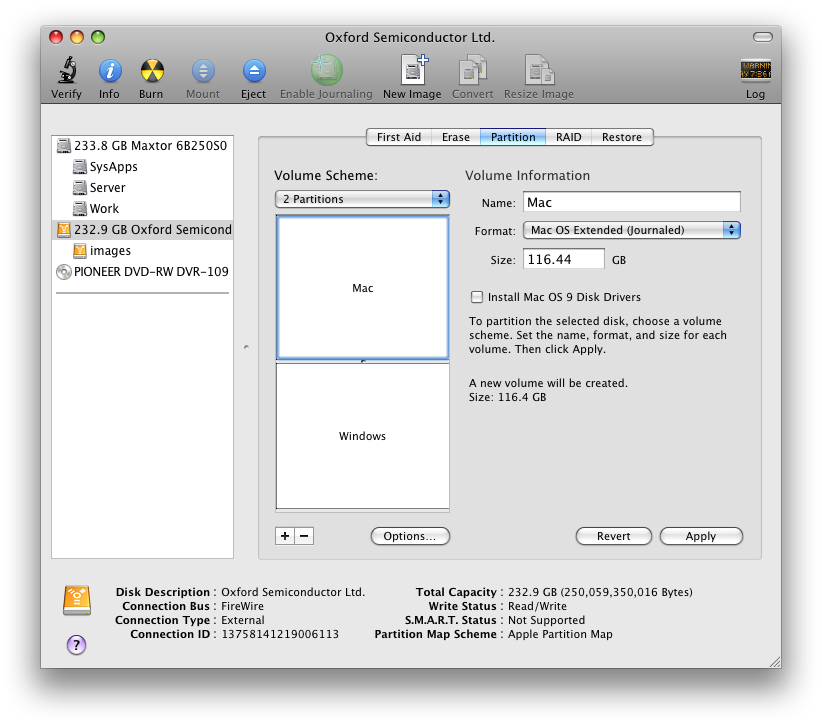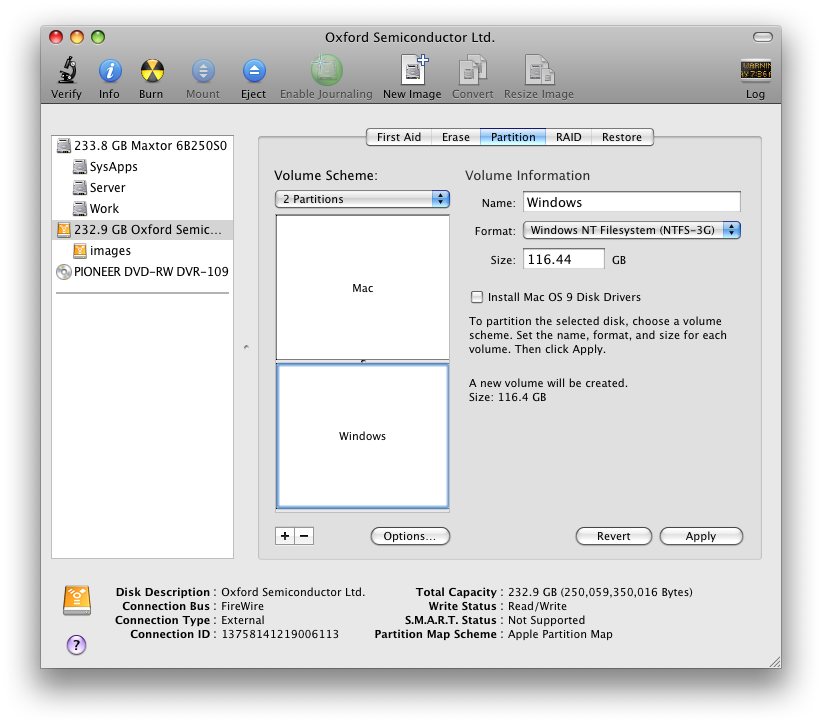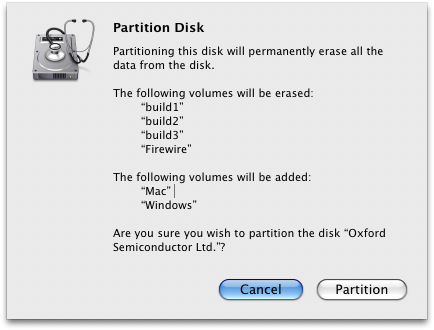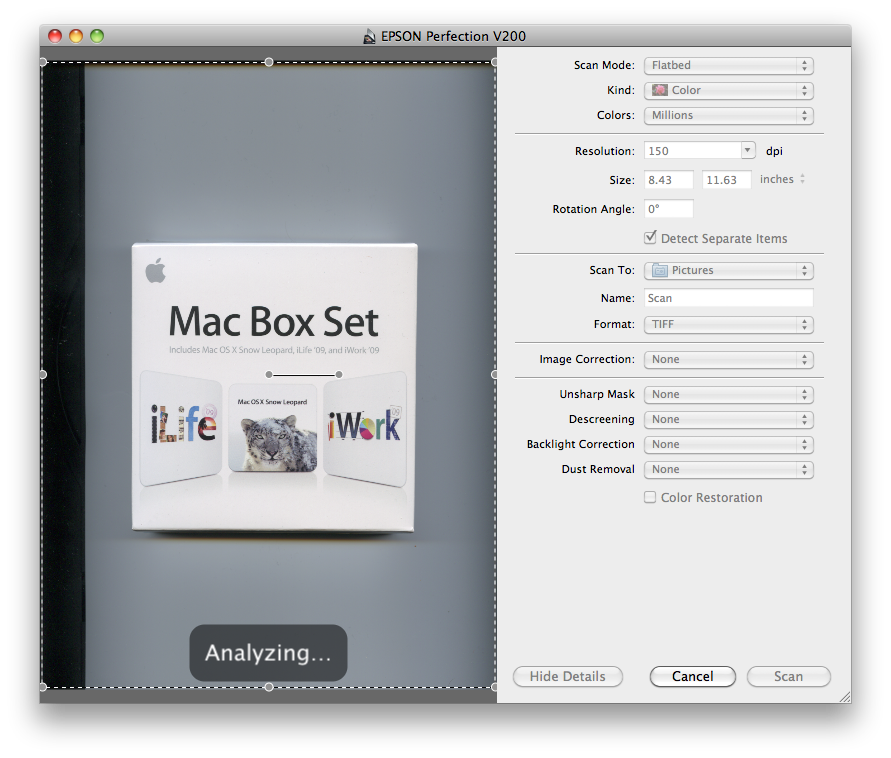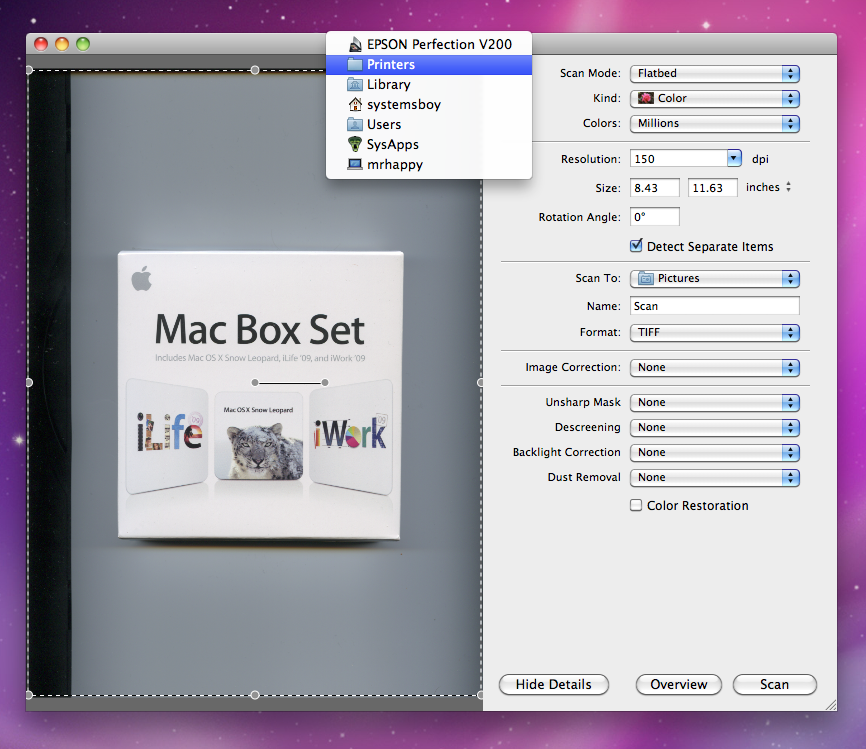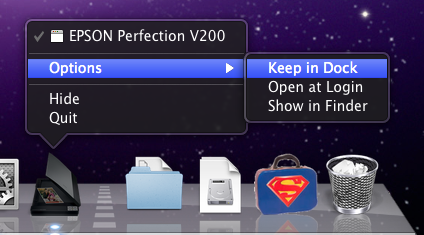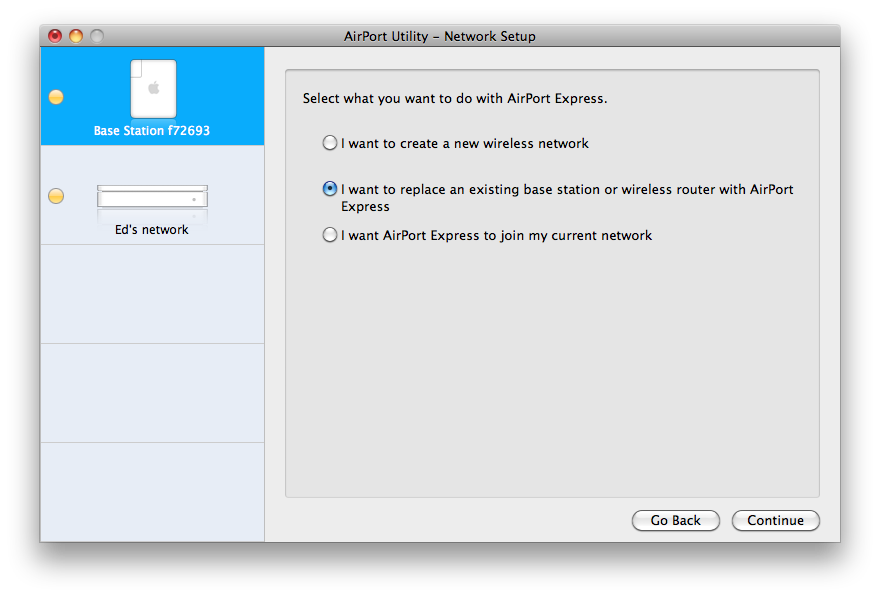I recently switched from an 8-core Mac Pro desktop system to a new 17" MacBook Pro and I'm loving it.
Video Toe-To-Toe Against the Mac Pro
My first concern making this switch was, would the MacBook Pro offer enough power to get my toughest work done. The answer so far has been yes.
Though I've been doing less video work — one of the changes that led me to this switch — I actually did get a fairly involved video project to work on for a friend. The project involved a good deal of compositing in Final Cut Pro, so it was a fairly resource-intensive affair. The MacBook Pro handled it with aplomb. I never once felt like I was working on an underpowered system. Final Cut performed just as well — which is to say sluggishly — as it did on my 8-core. Sure, rendering took a bit longer, but not as much as I'd expected, and not in any way that was a ever problem.
The 17" MacBook Pro's amazing screen really helped a lot too. What was even better, though, was hooking the MacBook Pro up to my secondary Cinema Display and working with dual-monitors. In this way, the MacBook Pro was actually a step up.
So, in a face off with my 8-core tower doing my toughest work, the new system passed with flying colors.
Size Matters
Another concern I had was whether or not I would really like the 17" model. I've always felt that the 15" was the ideal balance between usability and portability, but I opted for the 17" because I wouldn't be taking it out much and would be using it more as desktop replacement.
I'm rather surprised at how happy I am with the size. It certainly doesn't feel significantly heavier or bulkier than my old 15" PowerBook. A little, but not much. And it's fantastic around the house. Perfectly portable for moving between rooms.
Having the extra screen real estate is also wonderful, though the 1920x1200 resolution can get a bit tiresome on my aging eyes. This is more than made up for in brightness, however, which can be blinding (I had to turn it down for the photos). I'm also very happy I got the anti-glare screen. The treatment doesn't reduce the depth of the blacks nearly as much as I thought it would.
Overall the monitor is amazing, and I'm very happy with the size of the machine as a whole.
On Its Own Merits
In addition to being able to hold its own against my desktop system, and against my prior laptop experiences, there's a lot to love about the MacBook Pro in and of itself.
For one, I'm loving the new trackpad. There are things about this trackpad that I actually prefer over mousing, in particular, two-finger scrolling and the many other gestures that multi-touch offers. I sometimes miss those features now when I'm stuck using a standard mouse at work. This is one reason I'm so excited to try the Magic Mouse.
The battery life is quite good as reported. Like most folks I've read, I get about four straight hours of solid use, which is usually plenty. Any more than that and I should probably go sit at my desk anyway.
Now that I've set up my 802.11n wireless network, I'm quite happy with the general network speed of the machine. It's a huge improvement over 802.11g.
The uni-body construction really feels solid. In some ways it feels more solid than my tower, and certainly lacks the creakiness of the old PowerBook.
It also stays remarkably cool. My legs are loving it.
The keyboard is also great, as good as my tower's.
Odds And Ends
I bought my MacBook Pro with the DVI-to-Display Port adaptor offered by Apple. When you order this with your computer on Apple's site it comes in the sealed computer box as though it were an included item, not in a separate box of its own.
I actually rather like the Mini Display port. It's small and space-efficient, and much easier to handle and plug in than a DVI plug, believe it or not. And for the record, it's powering an ancient 23" plastic, easel-style Cinema Display hooked up to a ADC-to-DVI converter. Fun! And it works like a charm.
The monitors on these new-gen MacBooks no longer leave imprints on the screen. I can't tell you (or maybe I can) how annoying it was to have to have a screen protector at all times with my old PowerBook. So lame! A rubber grommet around the edge of the screen and problem solved!
The system came with a full install disc of Snow Leopard. Now I have three!
There Will Be Beefs
As close as this one comes, no system is perfect. There are always beefs.
I've mentioned the occasional difficulty with the monitor resolution, but my biggest beef is probably the fact that the keyboard is so far from the front edge of the computer. This, coupled with my second-biggest complaint, the fact that the unibody edges are so sharp, makes for some less-then-perfect text input. That sharp edge tends to cut at my wrists when I'm typing. Yes, it's a very minor quibble. And it's really the only one that's bothered me enough to write down.
Beyond that, I've had some system freezes on the new machine, but they seem to have mostly dissipated since installing the Performance Update from earlier this month.
And I guess I'd like to see more gesture programmability someday. But now I'm just grasping at straws.
Final Analysis
In case you can't tell. I'm quite enamored of my new 17" MacBook Pro. It's pretty much everything I want a computer to be: space-efficient yet powerful, comfortable and reliable. It's hard to imagine a better computer for someone like me.
The thing I like best about it, though, is that I can have everything — all my main rig data and all my laptop data — right there on a single system that is both portable and powerful. I can take it around with me everywhere I go and there it is. But plug it into the desktop monitor and hook up a couple firewire drives and I have a very functional, dual-monitor desktop rig that's just as comfortable and appropriate for video work as my desktop system ever was. It's like having all the power of a tower anywhere in the house.
The versatility of this system is what makes special, and I've been nothing but impressed. If you're ever thinking of making a similar switch, and your processing needs can handle it, I highly recommend the 17" MacBook Pro. It's everything you want in both a laptop and a desktop system.
And it's made me a much happier computer user.







